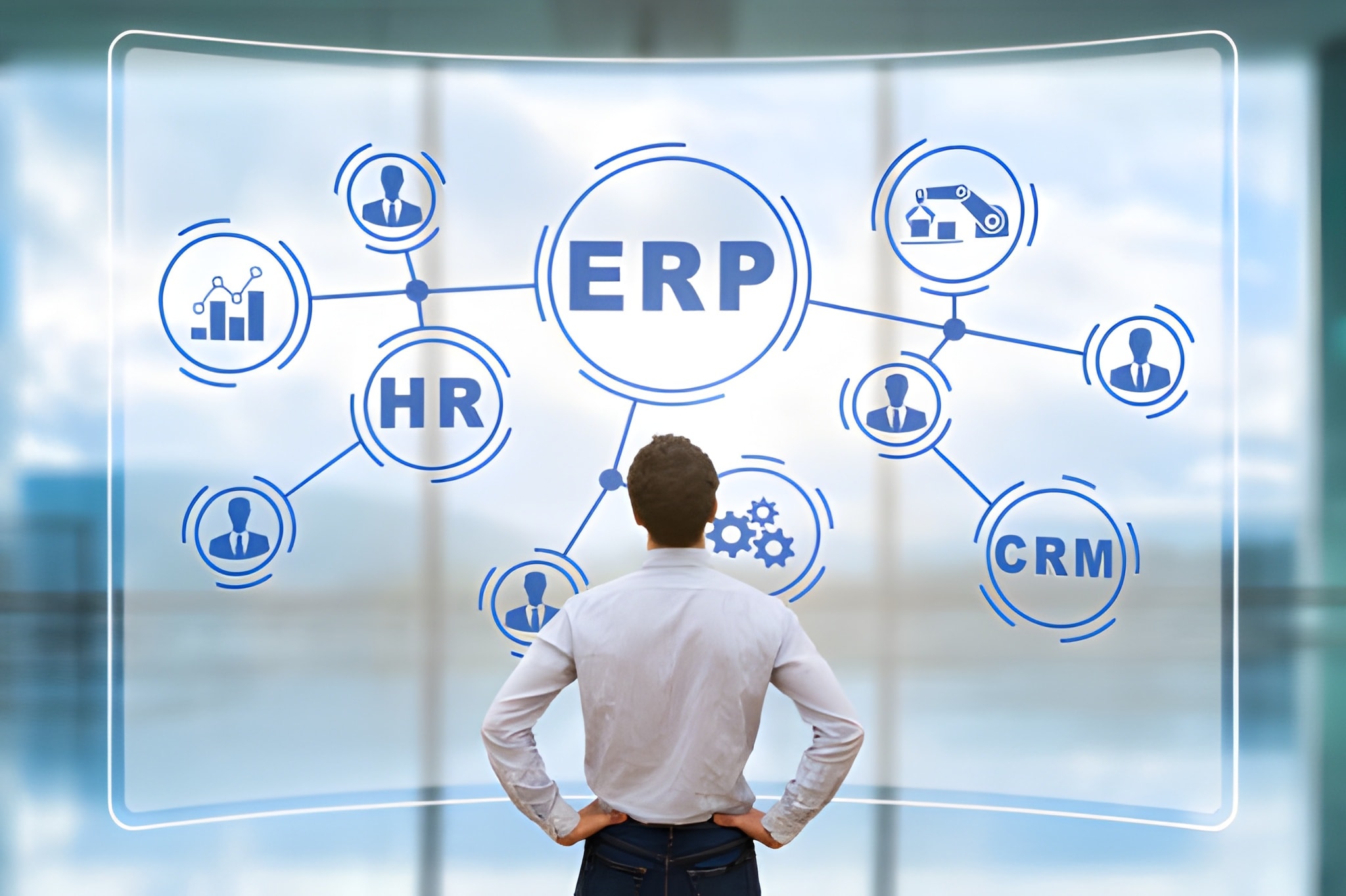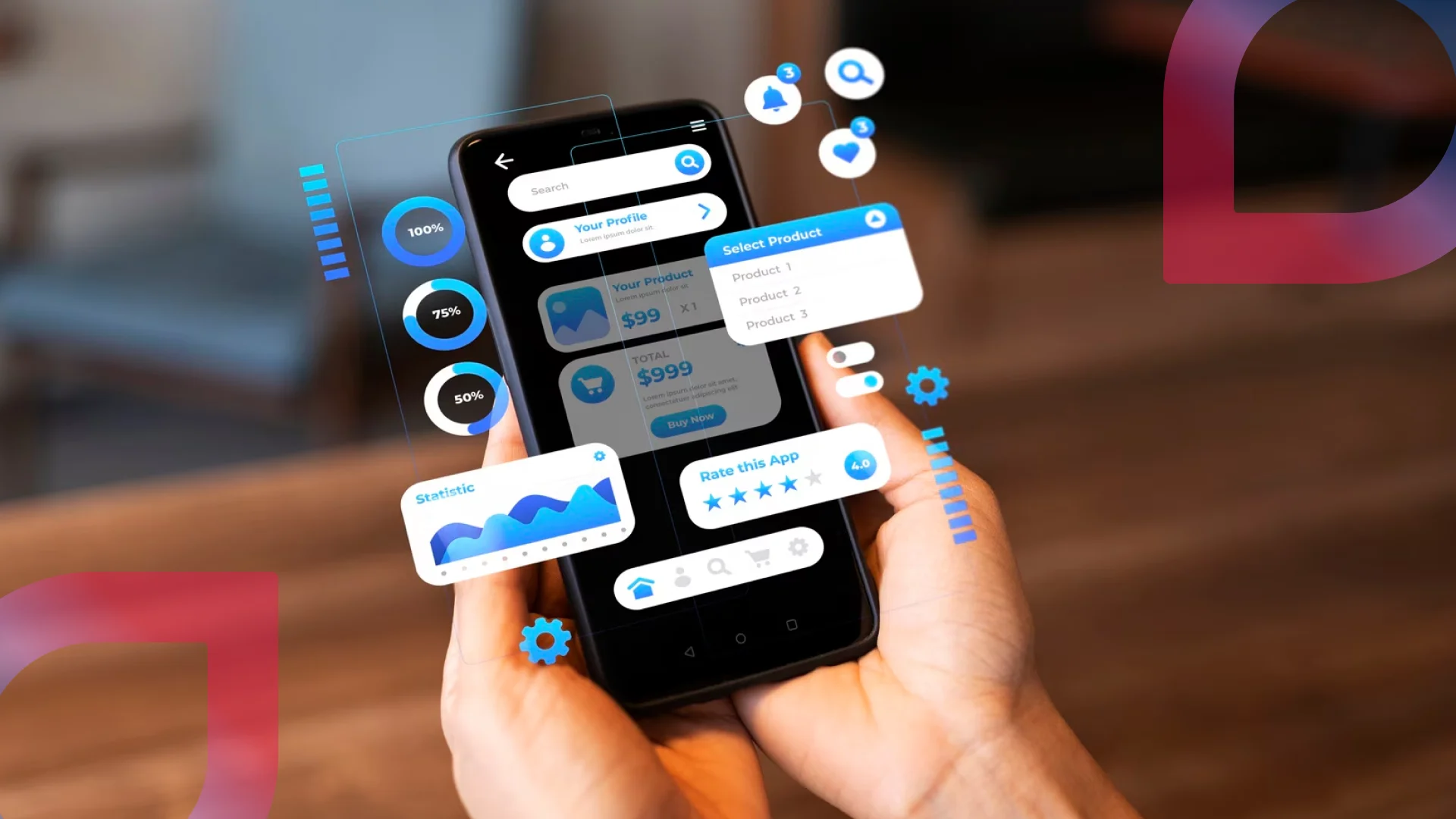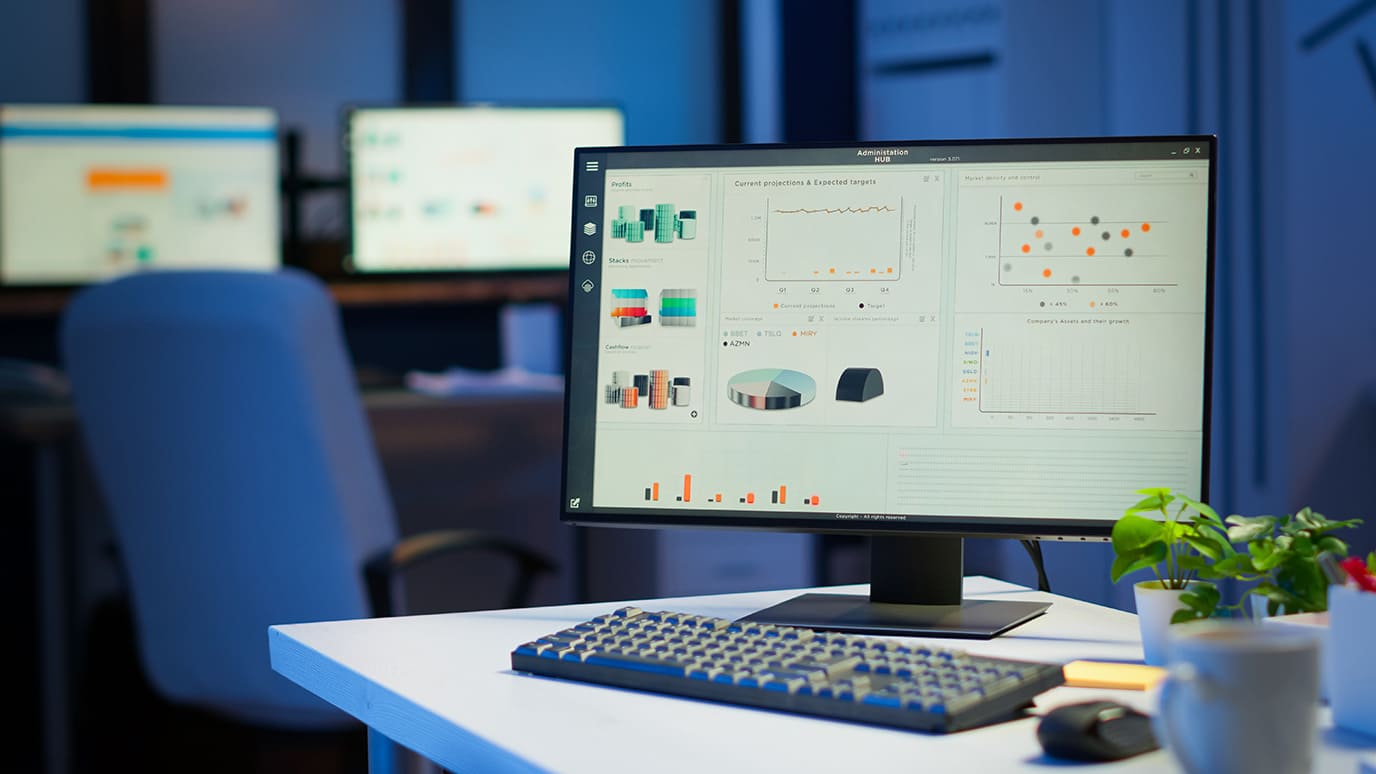Imagine this common business scenario: your top salesperson, relying on the data in their CRM, confidently promises a large order to a key client with a specific delivery date. The deal is marked as “Closed-Won.” But behind the scenes, a different story is unfolding. The operations team, working within the separate ERP system, is unaware of this large, pending order and has just allocated the remaining inventory to another client. By the time the communication gap is discovered, it’s too late. The delivery date is missed, the client is frustrated, and your company’s reputation takes a hit.
This disconnect is not a failure of people; it is a failure of systems. It is a direct consequence of the data silos that exist when your customer-facing teams and your back-office operational teams are working in different digital worlds. The solution to this pervasive and costly problem is ERP CRM integration. By creating a seamless, automated bridge between these two critical systems, you can create a single source of truth that aligns your entire organization and unlocks a new level of efficiency and customer satisfaction.
What is ERP CRM Integration?
To understand the integration, we must first understand the two systems at its core.
- ERP (Enterprise Resource Planning): This is the operational and financial backbone of your company. It is the system of record for all your back-office functions, including accounting, inventory management, supply chain logistics, manufacturing, and human resources. It manages your company’s resources.
- CRM (Customer Relationship Management): This is the command center for all of your front-office, customer-facing activities. It is the system of record for your sales, marketing, and customer service departments, managing every interaction with your prospects and customers. It manages your company’s relationships.
ERP CRM integration is the process of creating a bi-directional, automated flow of data between these two powerful but traditionally separate systems. It ensures that the information entered into one system is automatically and instantly reflected in the other, eliminating the need for manual data entry and providing all departments with a complete and up-to-date view of the business.
Relevance in 2025: The Demand for a 360-Degree View
In the customer-centric economy of 2025, a siloed approach to business data is no longer viable. Today’s customers expect a seamless, personalized, and context-aware experience at every touchpoint. They don’t care that your sales and finance departments use different software. They expect the salesperson to know their payment history and the support agent to know their recent orders.
Fulfilling this expectation is impossible when your customer data and your operational data live in separate universes. The modern imperative is to achieve unified business management, where every department has access to a complete, 360-degree view of the customer and the business as a whole. ERP CRM integration is the foundational technology that makes this possible. It is no longer a “nice-to-have” for large enterprises; it is a critical strategic advantage for any business that wants to compete on the basis of customer experience and operational efficiency.
Benefits of ERP CRM Integration
Connecting these two systems delivers a cascade of powerful benefits that are felt across the entire organization, from the sales floor to the finance department.
Eliminating Data Silos and Manual Entry
The most immediate benefit is the elimination of the “swivel chair” interface, where an employee literally has to turn from one screen to another to manually copy and paste information. This manual data entry is not only a massive drain on employee productivity but is also a major source of costly errors and data inconsistencies. Integration automates this entire process, freeing up your team’s time for more valuable, strategic work and ensuring the integrity of your data.
Creating a True 360-Degree Customer View
With an integrated system, your customer-facing teams are empowered with a complete picture of every customer relationship. A salesperson preparing for a call can see, directly within their CRM, a customer’s entire order history, their payment status, any outstanding support tickets, and their credit limit. This allows for smarter, more contextual conversations and upselling opportunities. Conversely, your finance and operations teams get a real-time view of the sales pipeline, enabling more accurate financial forecasting and demand planning. This is the heart of unified business management.
Accelerating the Quote-to-Cash Cycle
The quote-to-cash process is one of the most critical and complex workflows in any business. Without integration, it is notoriously inefficient. With integration, it becomes a seamless, automated flow.
| Business Process | Before Integration (Siloed) | After Integration (Unified) |
| Sales Quote | Sales rep manually checks inventory in the ERP or has to ask someone, leading to delays. | Sales rep sees real-time inventory levels and accurate customer pricing directly in the CRM. Quotes are instant and accurate. |
| Order Creation | A sales operations employee manually re-enters the order details from the CRM into the ERP, creating a risk of error. | A “Closed-Won” opportunity in the CRM automatically creates a sales order in the ERP. There is no manual re-entry. |
| Invoicing | The finance team waits for a manual notification or a weekly report to know that an order has been fulfilled and an invoice needs to be created. | The order fulfillment status in the ERP automatically triggers the creation of an invoice and updates the customer record in the CRM. |
This automation dramatically reduces the time it takes to go from a sales quote to receiving cash, improving cash flow and reducing operational overhead.
Improved Inventory Management and Sales Forecasting
One of the core principles of unified business management is the ability to make decisions based on a complete data set. When real-time sales data from your CRM flows automatically into your ERP, your demand planning and inventory management become far more accurate. Your supply chain team can see the sales pipeline and proactively adjust stock levels, preventing both costly stockouts of popular items and the overstocking of slow-moving products.
How to Approach an Integration Project
A successful ERP CRM integration project requires careful planning. A common and powerful example is an ERP Salesforce integration. The first step is to meticulously map out your data flows. You need to decide exactly what information needs to move between the systems, in which direction, and what event should trigger the sync.
Next, you must choose the right integration method. For simple connections, a pre-built connector might suffice. For more complex needs, a middleware platform or a custom-built integration is often required. Given the complexity and business-critical nature of this project, partnering with experts is crucial. A successful ERP Salesforce integration often requires a team with deep expertise in both ERP Software Solutions and the specific CRM platform. Engaging a partner that specializes in Salesforce Integration is key. For highly unique workflows, you may need a team that can provide custom connectors, a specialty of Salesforce Development Services. Sometimes, the optimal solution involves creating a bespoke piece of middleware, a project for a Custom Software Solutions provider.
Conclusion
In the end, the case for ERP CRM integration is not just about technology; it’s about building a more connected, intelligent, and responsive business. It is the foundational step in breaking down the internal silos that create friction, slow down your operations, and lead to a disjointed customer experience. It is the essential groundwork for achieving true, unified business management.
At Wildnet Edge, we see this integration as the launchpad for the next generation of business automation. Our AI-first approach leverages the unified data stream created by this integration as the fuel for powerful predictive intelligence. We build systems where AI can analyze this rich, combined dataset to uncover insights that would be impossible to find in siloed systems. Imagine an AI that can proactively identify at-risk customers by correlating their support ticket history in the CRM with their payment patterns in the ERP. Picture a system that automatically optimizes your supply chain in the ERP based on the real-time, AI-driven sales forecast from your CRM. This is the future we build: an enterprise that is not just integrated, but truly intelligent.
FAQs
The main benefit is the creation of a single, reliable source of truth for your entire business. This eliminates data silos, automates manual processes, and provides both your customer-facing and operational teams with a complete, 360-degree view of your customers and business operations.
ERP (Enterprise Resource Planning) systems manage a company’s back-office, operational processes like finance, inventory, and supply chain. CRM (Customer Relationship Management) systems manage the front-office, customer-facing processes like sales, marketing, and customer service.
A common example is when a salesperson marks a deal as “Closed-Won” in Salesforce (the CRM), it automatically creates a new sales order, customer record, and inventory reservation in the company’s ERP system (like NetSuite or SAP) without any manual data entry.
It can be a complex project, especially for businesses with highly customized systems or complex data. The difficulty depends on the specific systems being integrated and the method used (pre-built connectors, middleware, or custom code). Working with an experienced integration partner is highly recommended.
It achieves unified business management by ensuring that all departments are working from the same, up-to-date information. When sales, marketing, service, finance, and operations all have access to a shared, real-time view of the customer and business data, their decisions and actions become aligned, creating a more cohesive and efficient organization.

Nitin Agarwal is a veteran in custom software development. He is fascinated by how software can turn ideas into real-world solutions. With extensive experience designing scalable and efficient systems, he focuses on creating software that delivers tangible results. Nitin enjoys exploring emerging technologies, taking on challenging projects, and mentoring teams to bring ideas to life. He believes that good software is not just about code; it’s about understanding problems and creating value for users. For him, great software combines thoughtful design, clever engineering, and a clear understanding of the problems it’s meant to solve.
 sales@wildnetedge.com
sales@wildnetedge.com +1 (212) 901 8616
+1 (212) 901 8616 +1 (437) 225-7733
+1 (437) 225-7733































